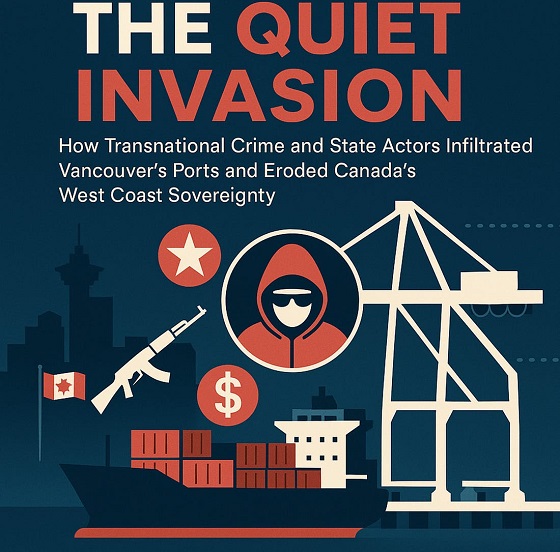conflict
Trump: Billions sent to Ukraine were “pissed away”
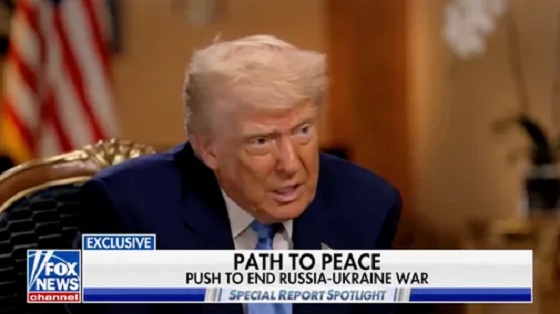
 MxM News
MxM News
Quick Hit:
In a Friday interview with Fox News, President Donald Trump ripped Ukrainian President Volodymyr Zelensky for mismanaging billions in U.S. aid, accusing him of having “pissed away” the money.
Key Details:
-
Trump told Special Report host Bret Baier that Zelensky “pissed away” the aid money and claimed that $60 billion checks were cut “every time” the Ukrainian leader visited Washington.
-
“I think he’s the greatest salesman in the world. Far better than me,” Trump said, while sharply criticizing the lack of accountability in Kyiv’s use of U.S. funds.
-
Trump called out the Biden administration’s approach of sending “just checks” instead of equipment and argued that Ukraine has treated the U.S. “worse” than European allies.
WATCH IN FULL: @POTUS sits down with @BretBaier in Abu Dhabi for a wide-ranging interview on this week's historic trip to the Middle East, foreign policy, trade, and much more. pic.twitter.com/87aBDO6mfi
— Rapid Response 47 (@RapidResponse47) May 17, 2025
Diving Deeper:
President Donald Trump delivered a pointed rebuke of Ukrainian President Volodymyr Zelensky during a sit-down interview Friday on Fox News, blasting Ukraine’s handling of U.S. financial support and questioning the integrity of how billions in aid have been used. Speaking with Special Report host Bret Baier, Trump didn’t mince words: “What bothered me—I hated to see the way it was, you know, excuse me, pissed away,” he said, referring to the Biden administration’s approach to sending unchecked funds to Kyiv.
Trump repeatedly pressed his concern about the lack of oversight, claiming that each time Zelensky traveled to Washington, “checks were sent for $60 billion.” He continued, “Where is all this money going?” emphasizing that Washington has been writing blank checks while Europe contributes far less to the war effort.
The president dismissed Baier’s attempt to pivot the conversation toward Russian President Vladimir Putin, stating, “Wait,” and reiterating his view that the U.S. has been “treated worse” than European nations by the Ukrainian government. “We send checks. We don’t always send equipment. We send—just checks. We send — just cash,” Trump said. “Where is it?”
As the U.S. inches closer to exhausting its current pool of congressionally approved Ukraine aid—with roughly $175 billion authorized since Russia’s invasion began in February 2022—Trump’s frustration reflects growing skepticism among many conservatives about the return on that investment.
Trump also floated the idea of a swift peace negotiation with Putin, expressing confidence that a face-to-face meeting could bring the war to a close. “I think we’ll do it fast,” he said. “I think he’s tired of this whole thing. He’s not looking good, and he wants to look good.”
conflict
Obama Dropped Over 26K Bombs Without Congressional Approval
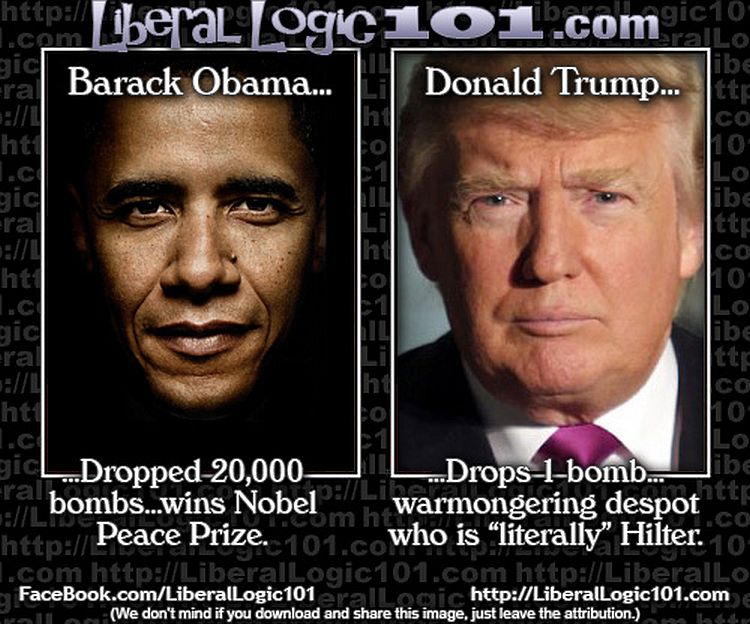
@miss_stacey_ Biden, Clinton, Obama & Harris on Iran #biden #clinton #obama #harris #trump #iran #nuclear
Iran has been the target for decades. Biden, Harris, and Clinton—all the Democrats have said that they would attack Iran if given the opportunity. It appears that Donald Trump is attempting to mitigate a potentially irresolvable situation. As he bluntly told reporters: We basically — we have two countries that have been fighting so long and so hard that they don’t know what the f‑‑‑ they’re doing.”
A portion of the nation believes Trump acted like a dictator by attacking Iran without Congressional approval. I explained how former President Barack Obama decimated the War Powers Resolution Act when he decided Libya was overdue for a regime change. The War Powers Act, or War Powers Resolution of 1973, grants the POTUS the ability to send American troops into battle if Congress receives a 48-hour notice. The stipulation here is that troops cannot remain in battle for over 60 days unless Congress authorizes a declaration of war. Congress could also remove US forces at any time by passing a resolution.
Libya is one of seven nations that Obama bombed without Congressional approval, yet no one remembers him as a wartime president, as the United States was not technically at war. Over 26,000 bombs were deployed across 7 nations under his command in 2016 alone. Libya, Afghanistan, Syria, Yemen, Somalia, Iraq, and Pakistan were attacked without a single vote. Donald Trump’s recent orders saw 36 bombs deployed in Iran.
The majority of those bombings happened in Syria, Libya, and Iraq under the premise of targeting extremist groups like ISIS. Drone strikes were carried out across Somalia, Yemen, and Pakistan as the Obama Administration accused those nations of hosting al-Qaeda affiliated groups. Coincidentally, USAID was also providing funding to those groups.
The 2001 Authorization for Use of Military Force (AUMF) was initially implemented to hunt down the Taliban and al-Qaeda after the 9/11 terrorist attacks. Obama broadened his interpretation of the AUMF and incorporated newly formed militant groups that were allegedly expanding across the entire Middle East. The Bureau of Investigative Journalism believes there were up to 1,100 civilian casualties in Pakistan, Yemen, and Somalia. Thousands of civilians died in Syria and Iraq but the death toll was never calculated. At least 100 innocent people died in the 2016 attacks in Afghanistan alone.
The government will always augment the law for their personal agenda. The War Powers Resolution was ignored and the AUMF was altered. Congress was, however, successful in preventing Obama from putting US troops on the ground and fighting a full-scale war. In 2013, Obama sought congressional approval for military action in Syria but was denied. Obama again attempted to deploy troops in 2015 but was denied. Congress has to redraft the AUMF to specifically prevent Obama from deploying troops in the Middle East. “The authorization… does not authorize the use of the United States Armed Forces on the ground in Syria for the purpose of combat operations.” Obama attempted to redraft the AUMF on his own by insisting he would prohibit “enduring offensive ground combat operations” or long-term deployment of troops. He was met with bipartisan disapproval as both sides believed he was attempting to drag the United States into another unnecessary war.
The United States should not be involved in any of these battles, but here we are. Those living in fear that Donald Trump is a dictator fail to recognize that past leadership had every intention of sending American men and women into battle unilaterally without a single vote cast.
conflict
The Oil Price Spike That Didn’t Happen
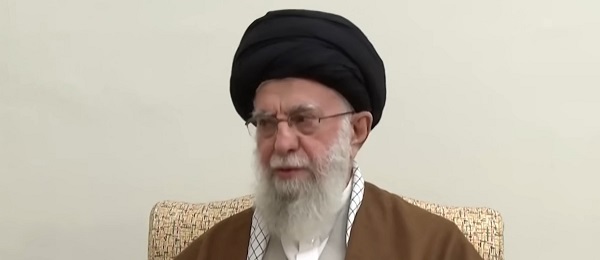

From the Daily Caller News Foundation
By David Blackmon
What if they gave an oil price spike and nobody came? That is admittedly kind of a lame play on an old saying about parties, but it’s exactly what has happened over the two weeks since June 12, when Israel launched its initial assault on Iran.
At that day’s close of trading, the domestic U.S. WTI price sat at $68.04 per barrel. As of this writing on June 24, the price stands at $64.50. That’s not just the absence of a price spike, it is the opposite of one, a drop of 5% in just two weeks.
So, what happened? Why didn’t crude prices spike significantly? For such a seemingly complex trading market that is impacted daily by a broad variety of factors, the answer here is surprisingly simple, boiling down to just two key factors.
Dear Readers:
As a nonprofit, we are dependent on the generosity of our readers.
Please consider making a small donation of any amount here.
Thank you!
- Neither Israel nor the United States made an effort to target Iran’s refining or export infrastructures.
- Despite some tepid, sporadic saber rattling by Iranian officials, they mounted no real effort to block the flow of crude tankers through the region’s critical choke point, the Strait of Hormuz.
Hitting Iran’s infrastructure could have taken its substantial crude exports – which the International Energy Agency estimates to be 1.7 million barrels per day – off the global market, a big hit. Shutting down the Strait of Hormuz, through which about 20% of global crude supplies flow every day, would have been a much bigger hit, one that would have set prices on an upward spiral.
But the oil kept flowing, muting the few comparatively small increases in prices which did come about.
Respected analyst David Ramsden-Wood, writing at his “HotTakeOfTheDay” Substack newsletter, summed it up quite well. “Oil is still structurally bearish. U.S. producers are in PR mode—talking up ‘Drill, baby, drill’ while actually slowing down. Capex is flat to declining. Rig counts are down. Shareholders want returns, not growth. So we’re left with this: Tension in the Middle East, no supply impact, and U.S. production that’s quietly rolling over. Oil shrugged.”
There was a time, as recently as 10 years ago, when crude prices would have no doubt rocketed skywards at the news of both the commencement of Israel’s initial June 12 assault on Iran’s military and political targets and of last Saturday’s U.S. bombing operation. In those days, we could have expected crude prices to go as high as $100 per barrel or even higher. Markets used to really react to the “tension in the Middle East” to which Ramsden-Wood refers, in large part, because they had no real way to parse through all the uncertainties such events might create.
Now it’s different. Things have changed. The rise of machine learning, AI and other technological and communications advancements has played a major role.
In the past, a lack of real-time information during any rise in Middle East tensions left traders in the dark for some period of time – often extended periods – about potential impacts on production in the world’s biggest oil producing region. But that is no longer the case. Traders can now gauge potential impacts almost immediately.
That was especially true throughout this most recent upset, due to President Donald Trump’s transparency about everything that was taking place. You were able to know exactly what the U.S. was planning to do or had done just by regularly pressing the “refresh” button at Trump’s Truth Social feed.
Tim Stewart, President of the D.C.-based U.S. Oil and Gas Association, has a term for this. “The Markets are becoming much better at building the ‘47 Variable’ into their short-term models,” he said in an email. “This is not a Republican Administration – it is a Disrupter Administration and disruption happens both ways, so the old playbooks just don’t apply anymore. Traders are taking into account a President who means what he says, and it is best to plan for it.”
Add to all that the reality that a high percentage of crude trading is now conducted via automated, AI-controlled programs, and few trades are any longer made in the dark.
Thus, the world saw a price spike which, despite being widely predicted by many smart people, didn’t happen, and the reasons why are pretty simple.
David Blackmon is an energy writer and consultant based in Texas. He spent 40 years in the oil and gas business, where he specialized in public policy and communications.
(Featured Image Media Credit: Screen Capture/PBS NewsHour)
-

 Business2 days ago
Business2 days agoRFK Jr. says Hep B vaccine is linked to 1,135% higher autism rate
-

 Business18 hours ago
Business18 hours agoWhy it’s time to repeal the oil tanker ban on B.C.’s north coast
-

 Censorship Industrial Complex2 days ago
Censorship Industrial Complex2 days agoGlobal media alliance colluded with foreign nations to crush free speech in America: House report
-

 Alberta13 hours ago
Alberta13 hours agoAlberta Provincial Police – New chief of Independent Agency Police Service
-

 Opinion10 hours ago
Opinion10 hours agoBlind to the Left: Canada’s Counter-Extremism Failure Leaves Neo-Marxist and Islamist Threats Unchecked
-

 Alberta18 hours ago
Alberta18 hours agoPierre Poilievre – Per Capita, Hardisty, Alberta Is the Most Important Little Town In Canada
-

 Business2 days ago
Business2 days agoElon Musk slams Trump’s ‘Big Beautiful Bill,’ calls for new political party
-
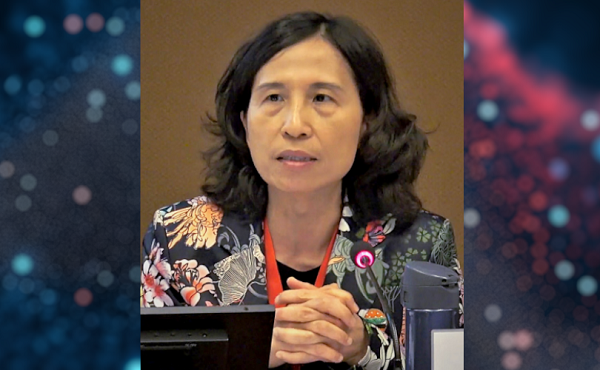
 COVID-1911 hours ago
COVID-1911 hours agoTop COVID doctor given one of Canada’s highest honors


